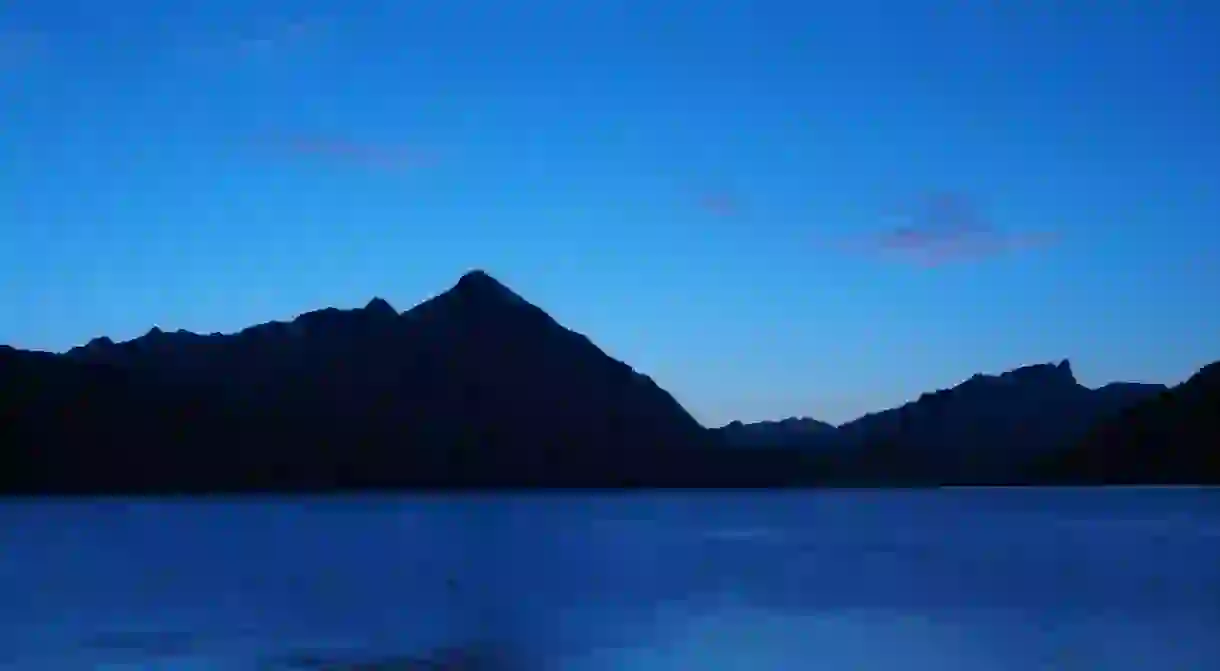The Story Behind Switzerland’s Dragon-Slaying Saint

Near Interlaken, above Lake Thun, you’ll find wondrous limestone caves that carve their way deep into the Niederhorn massif. They just so happen to have been the home to a dragon. Read on to discover the story behind said unfortunate mega-serpent that came up against a wandering Irish monk who just wanted a place to second himself.
Sometime around 100 AD when the Romans were still doing their whole imperial thing over Europe, an Irish monk named Beatus went off looking for a new home. Beatus is a bit of a mystery; some say that he was the son of a Scottish king, while others claim he was Irish. Whatever the case, after spending some time converting the tribes of the Helvetti to Christianity, Beatus seemingly had enough and went in search of a cosy hermitage.
Eventually, he came to the mountains above Lake Thun and settled upon some caves there as the place to become the hermit he’d always wanted to be. But unfortunately for Beatus, the caves were home to a monstrous fire-belching dragon.

Not deterred by this potentially deadly obstacle, Beatus supposedly lifted his cross, invoked the spirit of the Holy Trinity and cast the dragon out of the caves and into Lake Thun, where it perished. Problem solved.
Now, Beatus, the wandering evangelist, had become a dragon-slayer overnight, and more importantly, he had finally managed to become a hermit. We can only assume that he was elated after this day’s work.
After his death, supposedly around 112 AD, he was venerated as the first apostle to begin converting the nascent Swiss communities to Christianity. Today, pilgrims still make the journey to the St. Beatus Caves and the aptly named Beatenberg mountain to honour the legend of the dragon-slaying Irishman. Fewer people appear to honour the memory of the dragon who suffered such a traumatic eviction at his hands.
The Beatus Caves are fully explorable, and you can delve nearly 1,000 metres (3,281 feet) into the Niederhorn massif, skirting past many glorious underwater waterfalls on a guided or self-guided tour. In order to reach the St. Beatus Caves, it’s best to head to nearby Interlaken. Just don’t expect to see a giant fire-breathing lizard while you are there. Thanks, Beatus.
https://www.instagram.com/p/BZy4QIGHCJJ/?taken-at=445590377













